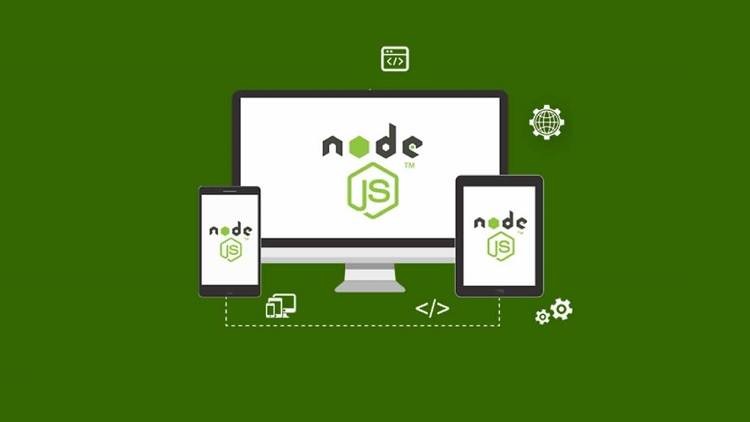
Learn node.js programming practically using this hands on course.
What you will learn
Basics
Modules & File systems
NMP
File Uploading & Emails
Event Emitter
Description
NodeJS is a rapidy growing web server technology, and Node developers are among the highest paid in the industry. Knowing NodeJS well will get you a job or improve your current one by enabling you to build high quality, robust web applications. Node.js is that it is built for performance.
This is because of 2 important things – Node.js’ asynchronous-driven architecture, and the fact that it uses the V8 JavaScript engine. The significance of this is that V8 is one of the fastest implementations of JavaScript, used to power many of Google’s immensely popular in-browser products (like Gmail).
Node.js is powerful because it employs an asynchronous paradigm for handling data between client and server. To clarify what this means, it’s worth comparing to the typical application server model that uses blocking I/O – in this instance, the application has to handle each request sequentially, suspending threads until they can be processed. This can add complexity to an application and, of course, slows an application down.
In contrast, Node.js allows you to use non-blocking I/O in which threads (in this case sequential, not concurrent), which can manage multiple requests. If one can’t be processed, it’s effectively ‘withheld’ as a promise, which means it can be executed later without holding up other threads.
This means Node.js can help you build applications of considerable complexity without adding to the complexity of your code. In this course you will gain a basic understanding of Node, learn how NodeJS works under the hood, and how that knowledge helps you avoid common pitfalls and drastically improve your ability to debug problems and more
Content